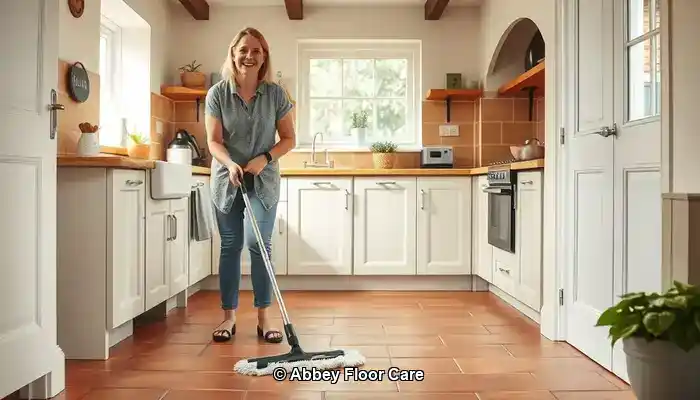
Last Updated on September 29, 2025 by David
Effective Techniques to Maintain Immaculate Terracotta Flooring
-
- <b>Terracotta</b> is characterised by its highly porous structure, making it particularly susceptible to absorbing dirt and stains, especially in humid climates such as Surrey.
- Sealing your terracotta is critical to shield the tiles from moisture and grime that can compromise their integrity.
- <b>Consistent upkeep is essential</b>—regular sweeping and weekly mopping with a pH-neutral cleaner are vital to preserve the tiles' appearance and longevity.
- <b>Avoid using harsh chemicals and steam mops</b>, as they can damage the sealant and harm the tile's surface over time.
- Choose eco-friendly cleaning solutions, especially in homes with children or pets for enhanced safety.
- Engage professional restoration services for deep cleaning and resealing, ensuring your tiles remain protected in the long run.
- Position rugs and mats wisely in areas with heavy foot traffic to minimise the transfer of dirt onto your terracotta tiles.
- <b>Effective moisture control is crucial</b>—maintain good ventilation and promptly address spills to prevent stains and mould growth.
What Causes Rapid Dirt Build-Up on Terracotta Tiles?
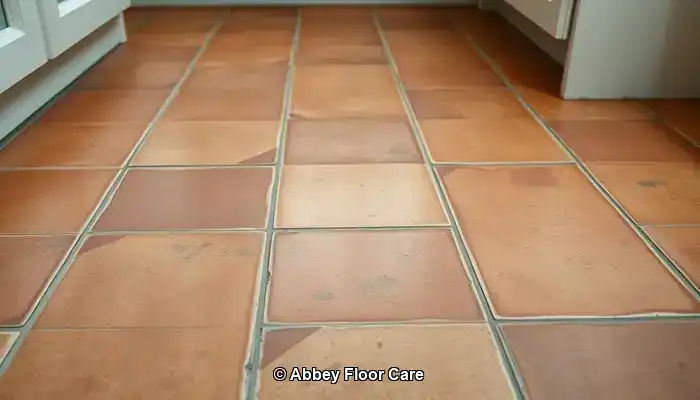
Terracotta tiles are a stunning flooring option, particularly suitable for traditional or rustic homes throughout Surrey. Their inviting hues and natural texture contribute a unique charm to any interior space. Nevertheless, despite their aesthetic appeal, terracotta tiles are notorious for their rapid accumulation of dirt, and comprehending the underlying causes is essential for effective upkeep and maintenance.
Expert Insights: Recommended Products for Daily Terracotta Cleaning
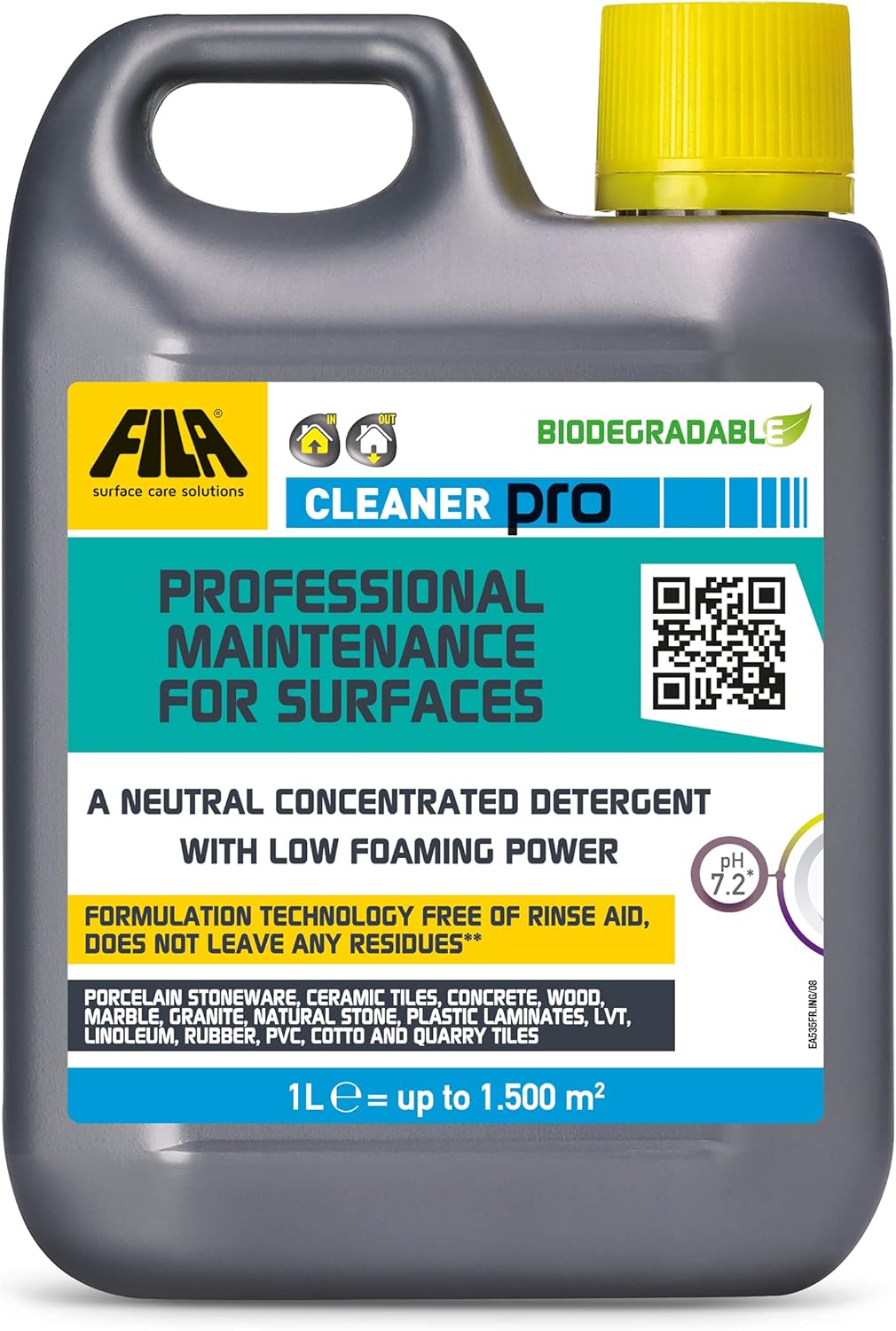
Fila Pro Floor Cleaner
|
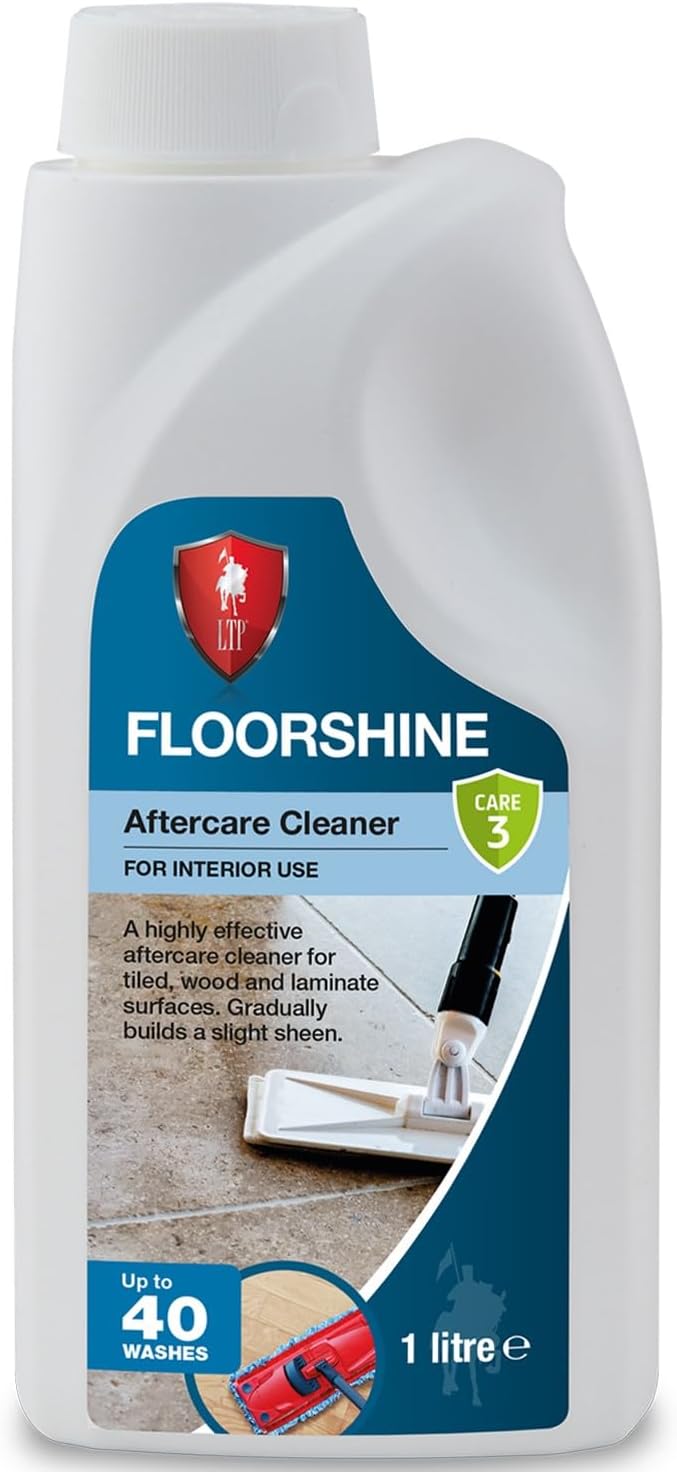
LTP Floorshine
|
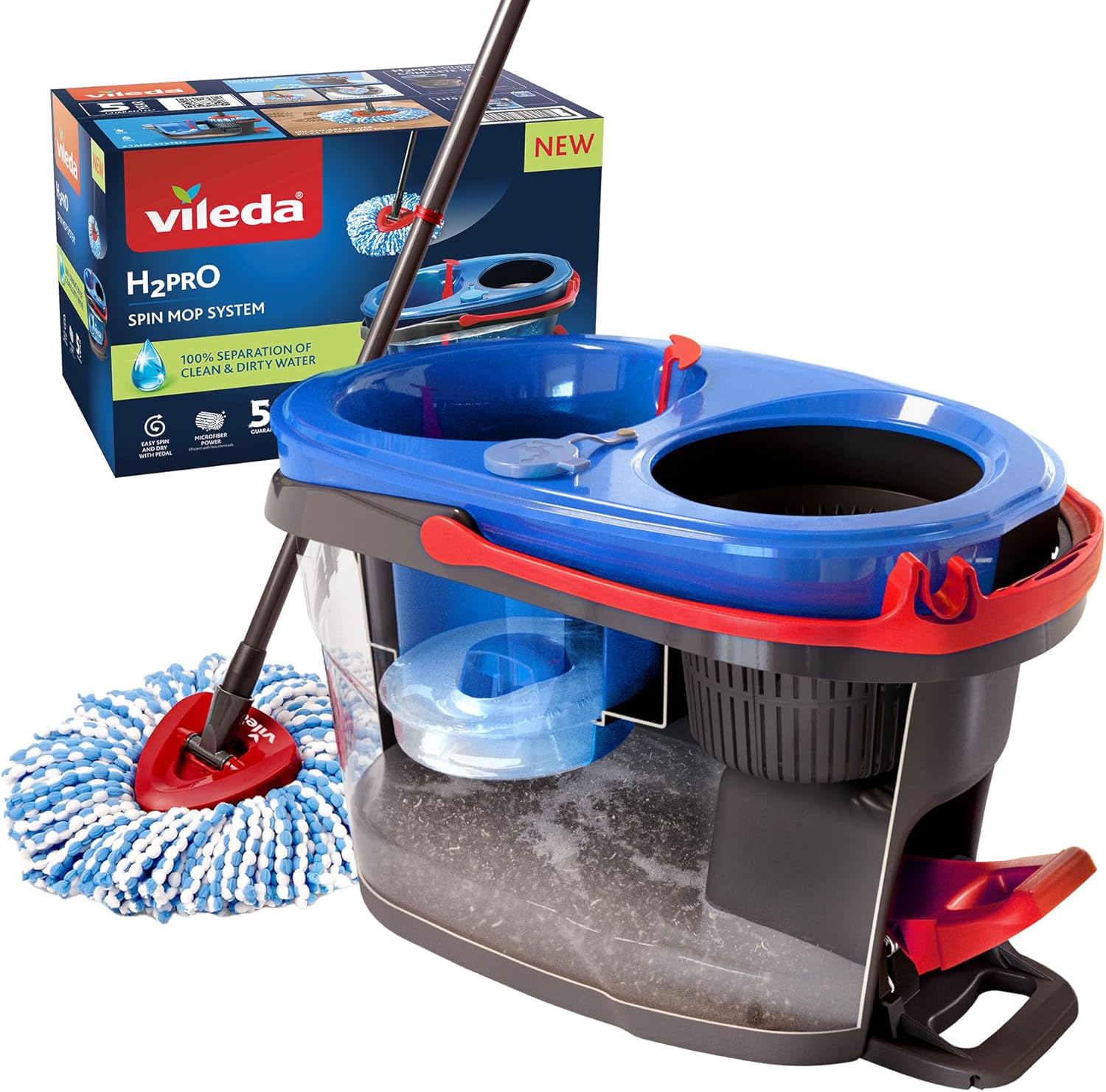
Vileda H2PrO Spin Mop System
|
Exploring Porosity and Its Effect on Dirt Accumulation
Terracotta is crafted from natural clay and undergoes firing at lower temperatures compared to various other tile types. This particular manufacturing technique yields a surface that is notably porous, enabling it to absorb moisture, oils, and dirt effortlessly, much like a sponge. In practical use, this porosity allows grime to infiltrate deep into the tile, which complicates cleaning with conventional methods and increases the effort required to maintain a pristine appearance.
Unsealed terracotta is particularly vulnerable to staining. Without an adequate protective layer, even minor spills or muddy footprints can result in persistent marks. Over time, this can lead to a dull, stained look that proves difficult to restore without the intervention of professional services.
How Does Surrey's Climate Influence Tile Cleanliness?
The weather conditions in Surrey significantly impact how quickly terracotta flooring becomes dirty. Regular rainfall and elevated humidity levels contribute to increased moisture being introduced indoors, especially in entryways and conservatories.
Properties located near wooded areas or gardens encounter even greater challenges. Soil, pollen, and organic debris can easily transfer onto terracotta surfaces, particularly when shoes are not removed upon entering the home.
What Daily Habits Accelerate Dirt Build-Up on Terracotta?
In addition to environmental factors, everyday habits can exacerbate the situation. Using inappropriate cleaning products—such as acidic solutions or bleach—can strip away protective coatings and damage the surface of the tile. While steam mops are favoured for their convenience, they often drive moisture deeper into the tile, worsening the issue over time.
High-traffic zones, such as kitchens and hallways, naturally experience more wear and tear. Without regular sweeping and mopping, dirt accumulates rapidly and becomes embedded in the texture of the tile, making it increasingly difficult to clean.
Proven Strategies for Keeping Your Terracotta Floors Immaculate
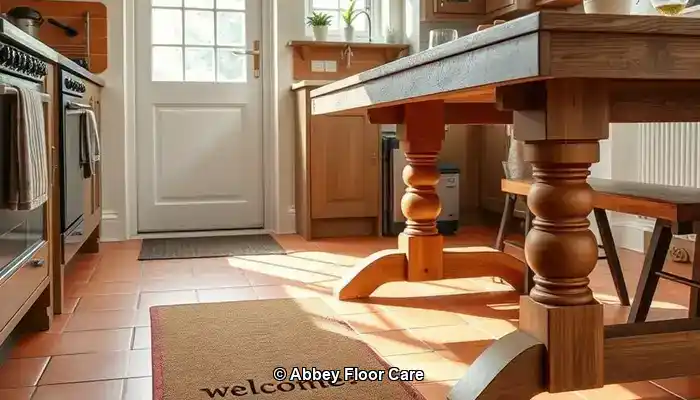
Maintaining the cleanliness of terracotta floors involves more than just responding to visible dirt; it requires proactive measures to prevent dirt from settling in the first place. In homes across Surrey, where damp weather and garden traffic are common, diligent care is vital to uphold the inherent beauty of terracotta tiles.
Why Proper Sealing is Essential for Dirt Prevention
The most effective strategy to prevent terracotta from becoming dirty too quickly is to ensure that it is adequately sealed. A high-quality, breathable sealant establishes a protective layer that repels moisture, oils, and grime. Considering the fluctuating humidity levels in Surrey, sealing is crucial to avert water absorption that could lead to staining and mould growth.
Experts recommend resealing terracotta every 12 to 18 months, depending on foot traffic and exposure. In areas such as kitchens, hallways, and conservatories—where daily use is frequent—more regular sealing may be necessary. Always opt for a sealant specifically formulated for porous stone and avoid gloss finishes that might trap dirt on the surface.
How to Effectively Utilise Rugs and Mats for Floor Protection
Strategically placing rugs and mats can substantially reduce the amount of dirt that reaches your terracotta tiles. Employ sturdy doormats at entrances to capture mud and moisture before they enter your home. In high-traffic areas like hallways or under dining tables, area rugs act as a protective barrier, helping to shield the tile from wear and tear.
For rooms that connect to the outdoors, consider using washable runners that are simple to maintain. These not only aid in preserving the tiles but also contribute warmth and style to your living space.
How to Manage Moisture Effectively in Homes Across Surrey
The climate in Surrey is marked by frequent rain and damp conditions, which can hasten dirt accumulation on terracotta surfaces. To counter this, utilise dehumidifiers in enclosed areas and ensure proper ventilation throughout your home. Promptly clean up spills and avoid leaving wet items—such as shoes or towels—on the floor.
If your terracotta is situated in a conservatory or garden room, consider installing blinds or UV filters to minimise condensation and prevent sun damage. These small adjustments can significantly enhance the longevity and appearance of your tiles.
By combining sealing, intelligent design choices, and effective moisture management, homeowners in Surrey can substantially slow the rate at which their terracotta floors accumulate dirt. In the following section, we will delve into the best cleaning practices to maintain that fresh, natural look day after day.
Optimal Cleaning Techniques for Terracotta Tiles
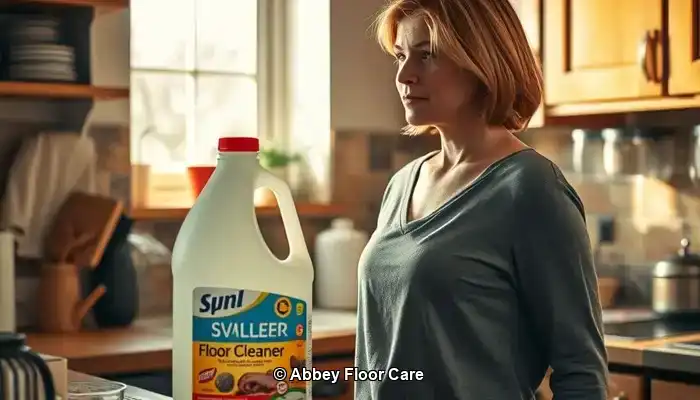
Even with adequate sealing and preventative measures, terracotta floors require regular attention to preserve their natural beauty. The key lies in using appropriate techniques and products that effectively clean while protecting the porous surface of the tile.
What Should My Daily and Weekly Cleaning Routine Include?
In homes throughout Surrey, where outdoor elements frequently intrude, daily sweeping or vacuuming is essential. Utilise a soft-bristle broom or a vacuum cleaner designed for hard floors to eliminate dust, grit, and organic matter before it settles into the tile.
For weekly cleaning, mop using warm water and a pH-neutral cleaner specifically formulated for natural stone. It is crucial to avoid soaking the floor—damp mopping is the recommended approach. Excess water can penetrate the tile, leading to staining or mould growth, particularly in older or inadequately sealed installations.
How to Choose the Right Cleaning Products for Terracotta
Select cleaning products that are gentle yet effective. Look for labels that indicate “stone-safe,” “non-acidic,” or “pH-neutral.” In Surrey, where eco-conscious living is increasingly promoted, many homeowners prefer biodegradable cleaners that are safe for both pets and children.
Avoid multi-surface cleaners that contain bleach, ammonia, or citrus extracts. These ingredients can strip sealants and etch the terracotta, making it more susceptible to future staining.
For stubborn spots, use a soft cloth with a diluted stone cleaner solution. Never scrub with abrasive pads or wire brushes, as these can scratch the surface and complicate cleaning efforts in the long run.
What Cleaning Methods Should Be Avoided for Terracotta?
While steam mops may appear convenient, they are inappropriate for terracotta. The high heat and moisture can infiltrate the tile and weaken the sealant, leading to long-term damage. Similarly, acidic cleaners like vinegar or lemon juice—even when diluted—can erode the tile’s surface and result in discolouration.
Stick to gentle cleaning methods, and always test new products on a small, inconspicuous area before applying them across the entire floor.
When Should You Seek Professional Help for Terracotta Floor Care?
For many homeowners in Surrey, the journey to maintaining terracotta floors often begins with DIY methods. While regular sweeping and mopping can be beneficial, there comes a time when professional care is not only advisable but essential.
What Signs Indicate It's Time to Consult a Tile Specialist in Surrey?
If your terracotta tiles begin to exhibit signs of deep staining, uneven colouration, or surface wear, it may be time to seek expert assistance. Professional tile care specialists in Surrey utilise advanced equipment and stone-safe products that penetrate deeper than conventional household cleaners. Additionally, they can evaluate whether your sealant has deteriorated and suggest an appropriate resealing schedule based on your home’s specific conditions.
Restoration services typically include deep cleaning, stain removal, and the reapplication of breathable sealants that safeguard the tiles without altering their natural appearance. For older homes or heritage properties, specialists can even replicate the original finish to maintain authenticity.
Is Professional Care Worth the Investment for Longevity?
While DIY cleaning may appear to be a more economical solution, it often results in only temporary fixes. Without proper sealing and deep cleaning, dirt continues to accumulate, necessitating more frequent maintenance and increasing the risk of permanent damage.
Conversely, professional maintenance extends the lifespan of your terracotta floors. A single restoration session can rejuvenate colour, eliminate embedded grime, and protect the surface for months or even years. In high-traffic areas, such as kitchens or hallways, this investment proves beneficial by reducing upkeep and enhancing visual appeal.
Homeowners in Surrey who prioritise long-term property care and curb appeal frequently find that expert services offer peace of mind and superior results. Furthermore, numerous local providers now offer eco-friendly options and customised maintenance plans tailored to your lifestyle.
Environmentally Friendly and Safe Cleaning Solutions for Terracotta
The earthy allure of terracotta warrants care that aligns with natural principles. For homeowners in Surrey seeking to maintain clean floors without compromising health or sustainability, eco-friendly cleaning options are perfectly suited. Fortunately, modern products and methods facilitate the protection of your tiles—and your household—from harsh chemicals.
Why Opt for Non-Toxic Sealants and Cleaners?
Conventional sealants often contain solvents that release volatile organic compounds (VOCs), which can linger in the air and adversely affect indoor air quality. Today’s eco-friendly alternatives utilise water-based formulations that are low in VOCs and safe around children and pets.
When selecting a cleaner, look for labels that indicate “biodegradable,” “plant-based,” or “stone-safe.” These products are formulated to effectively lift dirt without damaging the porous surface of terracotta. Brands specialising in natural stone care typically provide concentrated formulas that can be diluted for daily use, thereby reducing waste and packaging.
What Alternatives Are Safe for Pets and Children?
In busy households throughout Surrey, safety is as crucial as cleanliness. Avoid bleach, ammonia, and acidic cleaners like vinegar, which can endanger both the tile and your pets or young children. Instead, opt for mild formulations derived from coconut oil, citrus enzymes, or mineral-based ingredients.
For those who prefer DIY cleaning solutions, a simple mixture of warm water and a few drops of castile soap can be surprisingly effective for light cleaning. Just be sure to test any homemade blend on a small area first to ensure it won’t affect the sealant or finish.
How to Adopt Sustainable Cleaning Habits?
Eco-friendly maintenance extends beyond just the products you use; it also encompasses the habits you adopt. Utilise reusable microfiber cloths and mops instead of disposable pads. Regular sweeping can help minimise the need for frequent wet cleaning. When resealing, choose products with recyclable packaging that have minimal environmental impact.
Many floor care professionals in Surrey now offer green cleaning packages that utilise certified non-toxic products and sustainable methods. If you are unsure where to start, scheduling a consultation with a local expert can help you establish a routine that is both effective and environmentally friendly.
How to Preserve the Aesthetic Appeal of Your Terracotta Floors
Terracotta flooring adds warmth, character, and timeless elegance to Surrey homes—but its porous nature demands careful management to keep it clean and vibrant. By understanding the factors behind terracotta's rapid dirt accumulation, employing effective sealing techniques, and adopting smart cleaning practices, you can significantly reduce grime build-up and extend the life of your tiles.
Whether you are managing a busy household or restoring a historic property, consistency is key. Daily sweeping, utilising pH-neutral cleaning solutions, and seasonal resealing contribute greatly to maintaining a polished appearance. And should stains or wear begin to manifest, do not hesitate to consult a local specialist for professional restoration.
Utilising eco-friendly products and safe cleaning practices ensures your floors remain stunning without compromising your health or the environment. With the right approach, terracotta can continue to be a beautiful feature in your home for many years.
Are you ready to protect your floors effectively? <a href=”https://www.abbeyfloorcare.co.uk/home-garden/porcelain-tile-repair-near-me-east-calder/”>Contact us today</a> for expert terracotta maintenance tailored to the unique conditions of Surrey. Let’s ensure your home looks its best—naturally.
Frequently Asked Questions About Terracotta Maintenance
Terracotta floors are timeless yet require specific care. Below are answers to the most frequently asked questions from homeowners in Surrey who wish to keep their tiles clean, protected, and visually appealing.
How Frequently Should I Reseal My Terracotta Tiles?
In most Surrey homes, terracotta should be resealed every 12 to 18 months. However, this may vary based on foot traffic, moisture exposure, and whether the tiles are indoors or outdoors. Areas such as kitchens, hallways, and conservatories may require more frequent resealing. If your tiles begin to absorb water or appear dull, it’s time for resealing.
Is It Safe to Use Vinegar or Bleach on Terracotta?
No—vinegar, bleach, and other acidic or harsh cleaners can damage terracotta. These substances degrade sealants and etch the tile's surface, leading to permanent discolouration. Always choose pH-neutral, stone-safe cleaners specifically formulated for porous flooring.
What Type of Mop Is Best for Terracotta Floors?
A microfiber mop is ideal as it effectively captures dust and dirt without scratching the surface and uses minimal water, which is essential for porous tiles like terracotta. Avoid sponge mops or steam mops, as these can overly saturate the tile and weaken the sealant.
Are DIY Cleaning Solutions Safe to Use on Terracotta?
Yes, but proceed with caution. A mild combination of warm water and castile soap can effectively clean light stains. Always test any homemade solution on a small, hidden area first to ensure it won’t harm the sealant or finish. Avoid anything acidic or abrasive, and never apply homemade cleaners to unsealed tiles.
What Should I Do If My Tiles Are Already Stained?
If stains have set in, professional restoration is your best option. Tile care specialists in Surrey can perform deep cleaning, remove embedded dirt, and reseal the surface to restore the tile’s original colour and texture. DIY methods may worsen the damage if unsuitable products are used.
The article Tired of Dirty Terracotta? How to Keep It Clean Longer was first found on https://www.abbeyfloorcare.co.uk
The Article Keeping Terracotta Clean: Effective Tips for Longevity appeared first on https://fabritec.org
The Article Terracotta Care: Tips for Longevity and Cleanliness Was Found On https://limitsofstrategy.com

